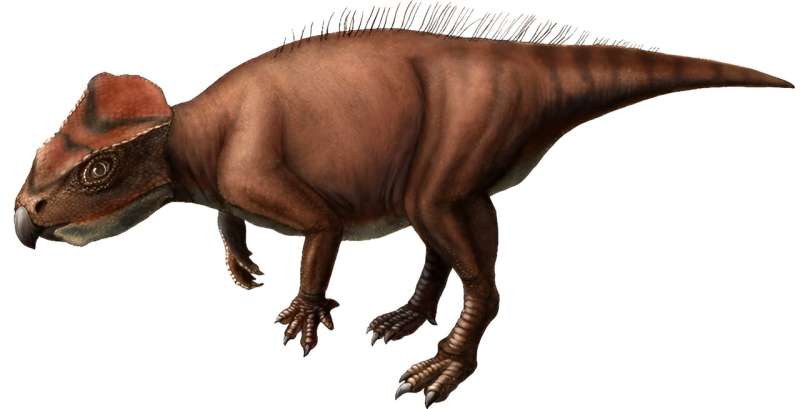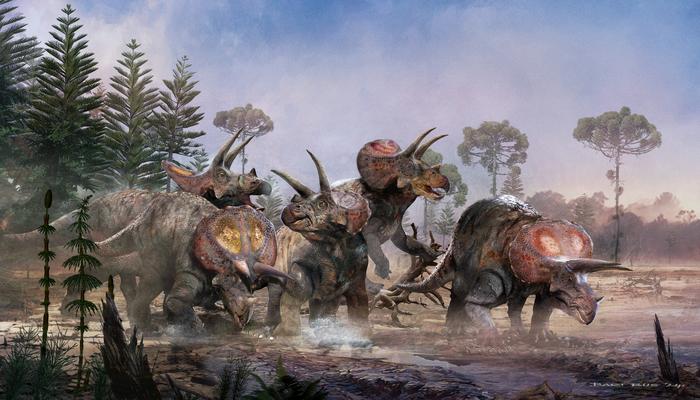New plant-eating dinosaur species discovered in Japan named after gnomes
Ancestor of triceratops likely marched from Asia to North America via prehistoric land bridge, scientists say
Your support helps us to tell the story
From reproductive rights to climate change to Big Tech, The Independent is on the ground when the story is developing. Whether it's investigating the financials of Elon Musk's pro-Trump PAC or producing our latest documentary, 'The A Word', which shines a light on the American women fighting for reproductive rights, we know how important it is to parse out the facts from the messaging.
At such a critical moment in US history, we need reporters on the ground. Your donation allows us to keep sending journalists to speak to both sides of the story.
The Independent is trusted by Americans across the entire political spectrum. And unlike many other quality news outlets, we choose not to lock Americans out of our reporting and analysis with paywalls. We believe quality journalism should be available to everyone, paid for by those who can afford it.
Your support makes all the difference.A new plant-eating dinosaur species discovered in Japan has been named after gnomes for its small size.
The animal, measuring about 3ft in length and 10kg in weight, was an ancestor of the triceratops featured in the Jurassic Park movies, scientists said.
The fossil specimen, however, came from a young and still growing individual, implying that the adult dinosaur could have been larger.
The species has been christened Sasayamagnomus saegusai, the genus name meaning “a small humanoid spirit guarding hidden treasures under the ground of Sasayama” in eastern Japan.
S saegusai belongs to a group of herbivorous dinosaurs called ceratopsians, known for large horns and frills on their heads. It is the easternmost dinosaur of its kind found in Asia.

The tiny dinosaur seemingly lacked the recognisable features of its descendants like large horns and frills.
Some previous studies suggested this dinosaur group initially diversified in Asia and then spread to North America.
The specific timing and the mode of their dispersal across continents have been unclear.
The latest discovery, detailed in the journal Papers in Palaeontology, refines the timeline of the ceratopsian dispersal across land that now forms Asia and North America.
Scientists now believe the dinosaurs crossed continents during the late Aptian or early Albian period, around 110 million years ago. “Here we describe a new, early-branching neoceratopsian, Sasayamagnomus saegusai from the Albian Ohyamashimo Formation in southwestern Japan, representing the easternmost fossil record of ceratopsians in Asia,” they wrote.
The dinosaur likely lived in the region over 110 million years ago when the eastern part of Eurasia and North America were connected by the Bering land bridge.

The planet was undergoing extreme global warming during this period, creating vast forests even in the Arctic.
“Simultaneous occurrence of global warming, which enabled the development of extensive forests in the Arctic region, and emergence of the Bering land bridge probably played a crucial role in facilitating the immigration of neoceratopsians from Asia to North America,” scientists wrote.

Join our commenting forum
Join thought-provoking conversations, follow other Independent readers and see their replies
Comments